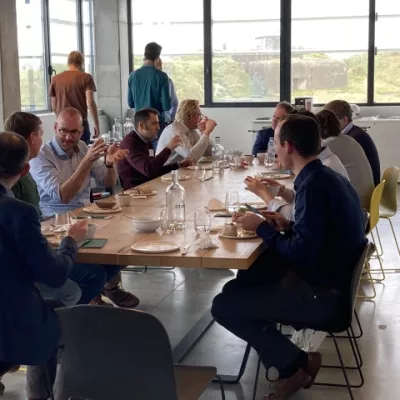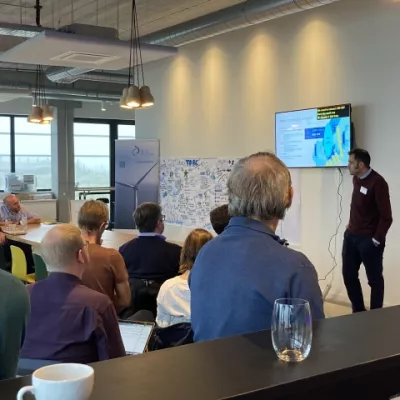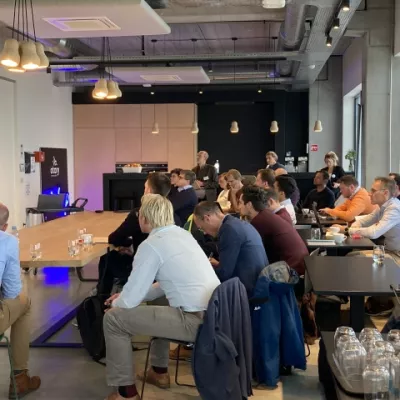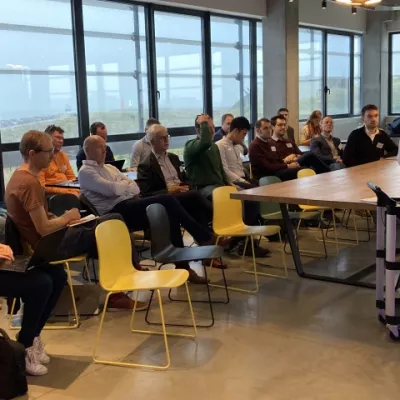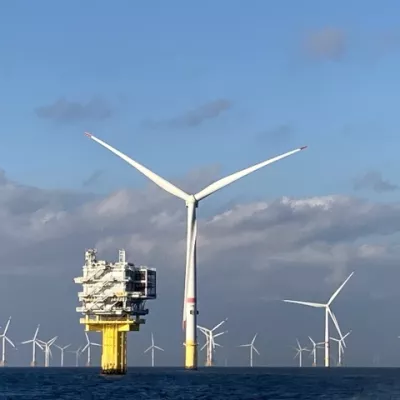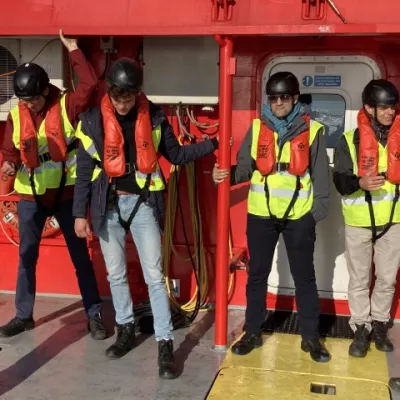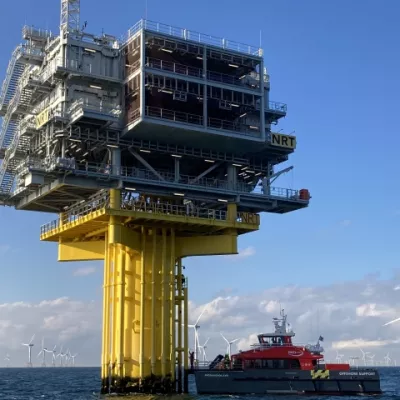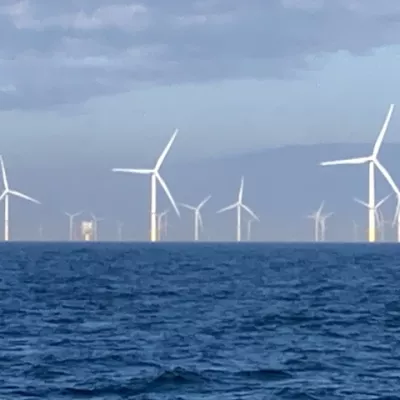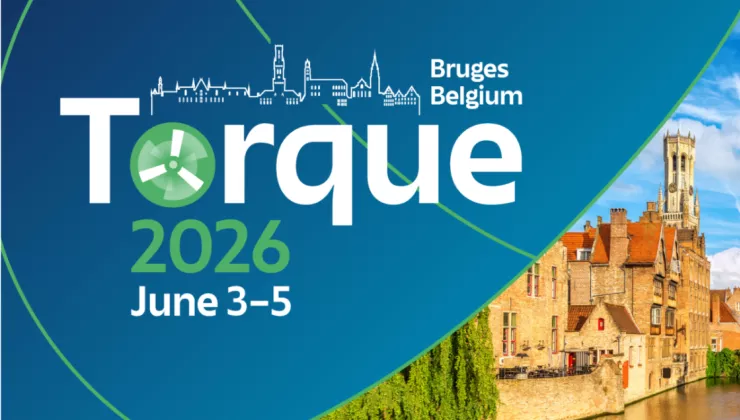Report of the CORDOBA stakeholder workshop
On Thursday 20 October, the stakeholders and partners in the CORDOBA project were welcomed by Otary in Ostend for a stakeholder workshop. The main points of the programme were:
- keynote speech about the role of market design in the development of offshore networks (Gerd Kupper, EngieImpact);
- keynote speech about the harmonisation of the European electricity market (Paul Giesbertz, Energie-Nederland);
- explanation of the interim results of the CORDOBA project;
- concluding network lunch.
You can read the main findings of this interesting day below.
Morning programme
The role of market design in the development of offshore networks
Offshore renewable energy plays a key role in the large-scale electrification of the energy supply system. This is confirmed by the EU Strategy on Offshore Renewable Energy (2020). Hybrid offshore wind projects (OWPs) are a means to efficiently integrate offshore renewable energy, as the planning is coordinated on an international scale.
Gerd Küpper, Senior Analyst at Engie Impact, elaborated on 2 market design aspects of hybrid OWPs connected to offshore bidding zones: the risk of limited available transmission capacity and liquidity in smaller bidding zones.
Getting the right price is the first step, since incorrect prices as a result of over- or under-dimensioning of the network do not pose a problem in the design of the market. In addition, innovation efforts must be made to develop or improve new or existing technologies and solutions.
Harmonisation of the EU market
Pöyry has developed a common vision for market design. According to Paul Giesbertz (Energie Nederland), the calculation of the imbalance price is crucial in this model since it impacts the forward price, yet this calculation has not been harmonised so far. TSO and market always act together and are both responsible for imbalances.
Interim results of the project
If we need to connect 200 GW in the North Sea, we require smarter ways of building DC networks. In the CORDOBA project, an efficient planning tool is developed on the basis of multi-agent models. This model is used to compare three market designs: home market, zonal and nodal offshore bidding zone.
Offshore assets are an important and cost-effective characteristic of an offshore transmission topology. The results demonstrate that market design has a clear impact on the design of the network, with the nodal offshore bidding zone entailing the lowest cost in terms of social prosperity. Realistic imbalance prices can be simulated.
The model results suggest that the costs of the home market are higher than those of the offshore bidding zone, although the opposite had been expected. If the gate price is no longer fixed, it will be difficult to make an investment decision. We need to consider how we can take into account the energy island and the Princess Elisabeth zone in the market design model.
Afternoon programme
In the afternoon, a meeting of the industrial advisory board was held. During this meeting, there was a debate about the assumptions for the models, and input was exchanged with a view to potential business cases.
By means of a CTV, a visit was paid to the Norther offshore wind farm. This wind farm is located 23 km off the Belgian coast and consists of 44 wind turbines.
Context
In the CORDOBA project, Elicio, Marlinks, Yuso, Enersynt and KUL collaborate on an optimisation model for developing the design of offshore networks, a coordinated control model for hybrid offshore connections and research into the effect of the system design on the network support services.
CORDOBA is an intercluster project facilitated by Blue Cluster and Flux50. The project receives financial support from Flanders Innovation & Entrepreneurship (VLAIO).
